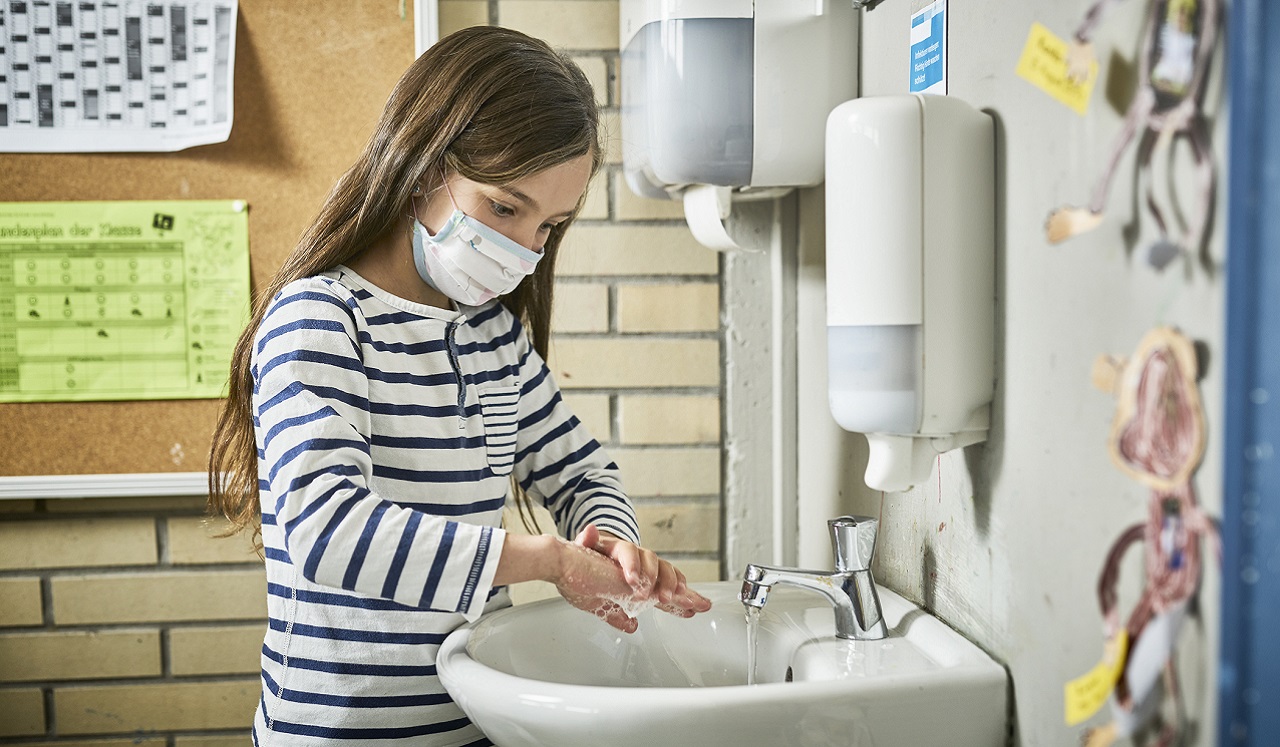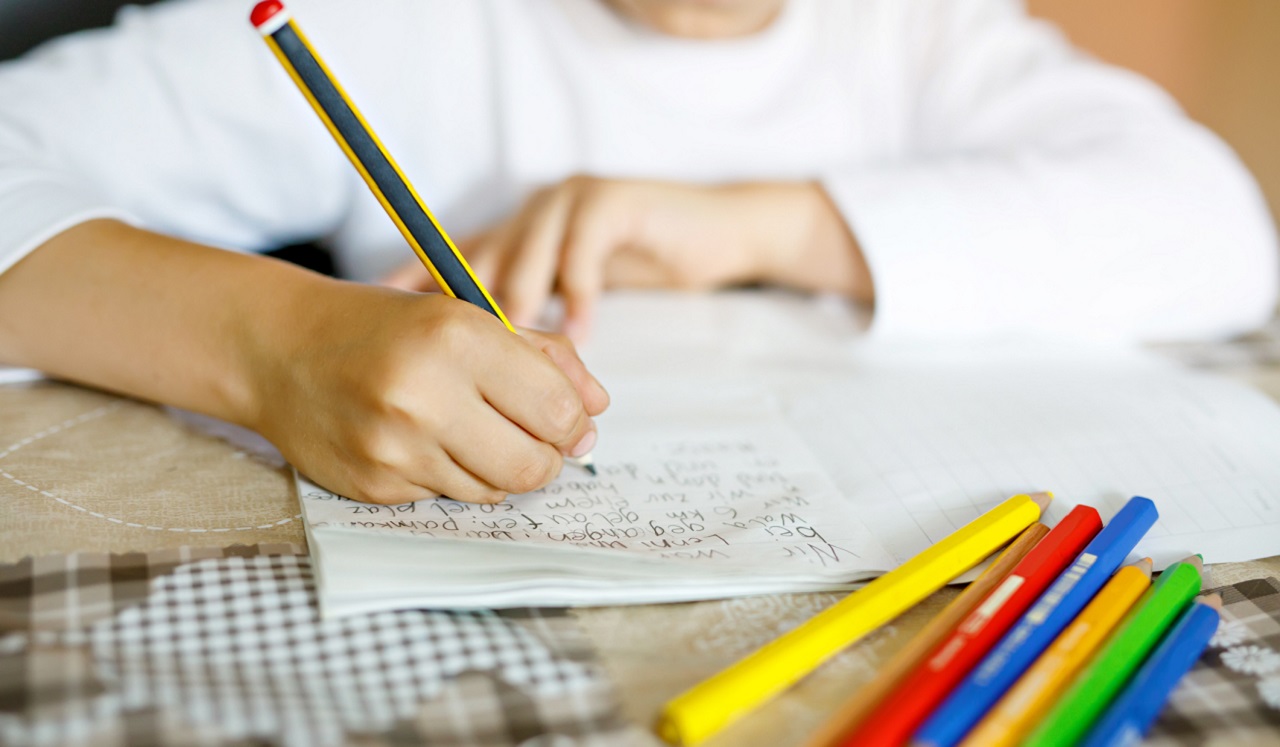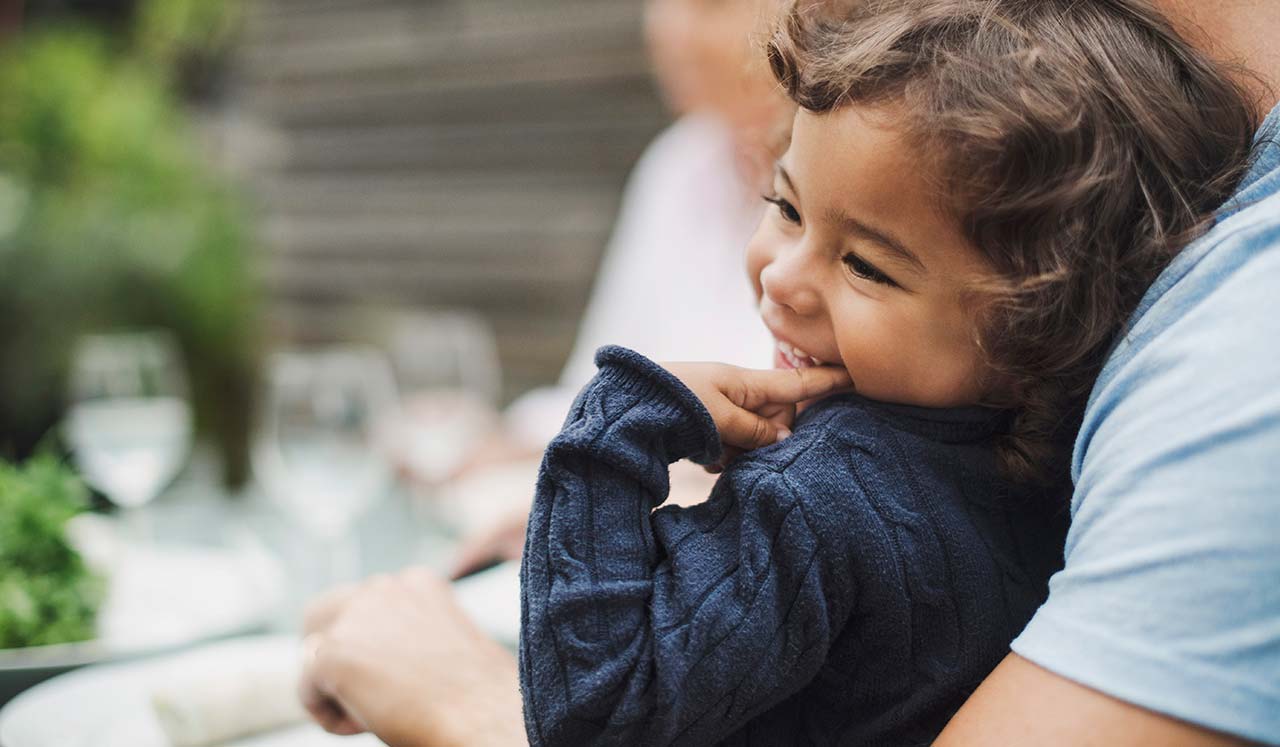July 22, 2020
Is it safe for your kids to return to camp, daycare or in-person classes?
With onsite classes set to start this fall—and camps and daycare already open—you must do your homework to decide what’s right for your family during the coronavirus crisis.
“Protective procedures and policies may cut the likelihood of your child getting the virus, but there’s always a risk,” says Misti Ellsworth, DO, Medical Director, Infection Prevention at Children's Memorial Hermann Hospital. “You have to make a personal decision: If your child got COVID-19, how would that impact your family and work situation?”
Dr. Ellsworth shares the risks, benefits and precautions to consider before sending your kids back to camp, daycare or school:
Lesson One: Be flexible and prepared.
“The common theme of COVID-19 is to expect the unexpected. Just when we think we know, we find we don’t know,” she says. “Parents need to have backup plans going forward. It’s been very difficult to predict with COVID-19.”
For one thing, decide which family members can pitch in should your child have a fever or be quarantined due to a COVID-19 outbreak.
Lesson Two: Kids can get and spread the virus.
The U.S. Centers for Disease Control and Prevention (CDC) says children comprise 22% of the population and 2% of COVID-19 cases.
“Many parents think kids cannot get the virus, but there’s emerging evidence that some do—and they also can spread it,” Dr. Ellsworth says.
The results are age-dependent.
In the Corpus Christi area, 85 infants under age 1 have been diagnosed with the coronavirus since mid-March. If your child is 1 year old or younger, the risks of severe illness, hospitalization and death from coronavirus are higher than for older youths.
Elementary school-age children who wear masks, stay 6 feet apart and wash hands frequently with soap and water are the least likely to fall ill.
“They’re much less likely to get infected than you,” Dr. Ellsworth says. “And severe illness, hospitalization and death are rare at that age.”
But that doesn’t guarantee they won’t bring home the disease. Even if they don’t suffer, you may.
By age 15, youths may be as vulnerable as adults. And just as with grownups, smoking, obesity and uncontrolled diabetes hike the odds of being hospitalized or dying.
According to Dr. Ellsworth, children with developmental delays also are at danger of poorer outcomes. “They’re more likely to have chronic respiratory or GI issues,” she says.
To keep kids safe and spread out on buses, Houston Independent School District (HISD) will limit service to special needs students and the least vulnerable—those of elementary school age. “They may choose to have staggered or assigned seating,” she says.
Lesson Three: Signs of COVID-19 may differ in kids.
“COVID-19 in children can be very mild—just a sore throat or fever,” Dr. Ellsworth says. “Look out for coughs, runny nose, diarrhea, fatigue, high fever and muscle aches. The threshold of sending a child home should be much lower than it was before the coronavirus.”
She and many centers recommend or require ill children be checked out by a pediatrician before they return to school, camp or daycare. You also should wait till any fever is gone for more than 24 hours.
“Some places require a negative test or a diagnosis before your child can come back,” says Dr. Ellsworth. “Otherwise children may continue to expose others, and the school ends up with more cases.”
Lesson Four: Always err on the side of caution.
Gathering with friends and neighbors should be avoided, unless you’re 100% confident they socialize only with you.
Don’t allow your children to have sleepovers with friends. “I’d hold off for now, given the prevalence of COVID-19 in Houston right now,” she says.
Also consider at-home daycare and classes if you live with someone who is obese, aged, frail, a smoker, has poorly controlled diabetes or suffers from chronic heart and lung conditions. They’re at greater risk for severe illness, hospitalization and death.
Lesson Five: You'll cut odds of infection and quarantining if you keep groups of kids from co-mingling.
By keeping students, campers and daycare preschoolers apart, you limit the number of people who could fall ill and the chance an entire center has to be closed for two weeks. This assignment can be accomplished by following these measures:
- Children and teachers should stay in one place, with no travelling to other rooms, congregating in corridors or playing outside with others. “That way you can know exactly who has been exposed and quarantine that group without having to shut down the entire center,” she says.
- Whenever possible, children should wear masks, wash hands and stay 6 feet or more apart. They also should not share toys or books. High-touch surfaces, including toys, should be disinfected regularly.
- Visitors—even you—should be barred from buildings, and drop-offs should be staggered to allow social distancing.
Lesson Six: School meals are available.
A dozen sites in Houston offer curbside pickup of several days’ worth of meals for food-insecure HISD students.
Sack lunches should be eaten in classrooms so students don’t catch germs via air, tables, chairs or other surfaces in cafeterias. College students might be offered to-go meals to eat in their dorm rooms or widely spaced tables in cafeterias.
Lesson Seven: Local schools have rules to protect you.
It’s reasonable to expect schools to meet the standards of the CDC and AAP.
HISD plans to follow these guidelines:
- Anyone coming to school has their temperature taken, and those with a temperature of 100.4 degrees or higher are not allowed to enter. If children fall ill during the day, they’ll be isolated from others till they can be taken home.
- Desks will be at least 6 feet apart. Children and staff will be required to wear masks, wash hands frequently and thoroughly and maintain social distances of six feet or more.
To make this possible, class size will be limited to 10 students per teacher, which may lead to half-day or alternate day in-person classes.
“Most likely, schools will do away with lockers, so there’s not that exchange and interaction there,” Dr. Ellsworth says. “And school assemblies will be held virtually.”
Parents who take an online instructional course will be able to teach their children at home. Others may wind up needing that.
“If your child goes in person, you need to have a plan for at-distance learning if your child falls ill with COVID-19, is exposed to the virus or needs to be quarantined,” Dr. Ellsworth says. “The school also may need to close for a period of time.”
After this article was originally published, the CDC ruled in favor of schools reopening.
Lesson Eight: Outdoor gatherings are preferable to indoor ones.
Being outside reduces risks of catching the virus, though safety measures remain the same.
- Camp counselors and staff should be tested before and during camp. “But there’s no point of testing kids for camp on the first day,” Dr. Ellsworth says. “The child could be presymptomatic and falsely test negative. And testing for antibodies isn’t worth it because we don’t know how long immunity lasts.”
- According to Dr. Ellsworth, you should skip camp this year if your child is obese, has poorly controlled diabetes or has chronic lung disease. “Your child may very well be exposed and could potentially become positive,” she says.
- Overnight camps and college dorms should space beds and bunks distantly.
Lesson Nine: To win against the virus, kids have to play ball.
With sports, kids need to wear masks and follow good hand hygiene—on the field and off.
“They also should avoid huddles, high fives and sharing equipment. And when they take mask-free water breaks they should be physically distanced from others,” Dr. Ellsworth says. “Spectators, coaches and referees all should wear masks.”
Lesson Ten: Rewarded kids are motivated kids.
Don’t just tell your children why they should wear masks, use social distancing and wash their hands with soap and water. Find a reward or incentive—such as an extracurricular activity—that’s contingent on them doing well.
The information in this article was accurate as of July 22, 2020.


